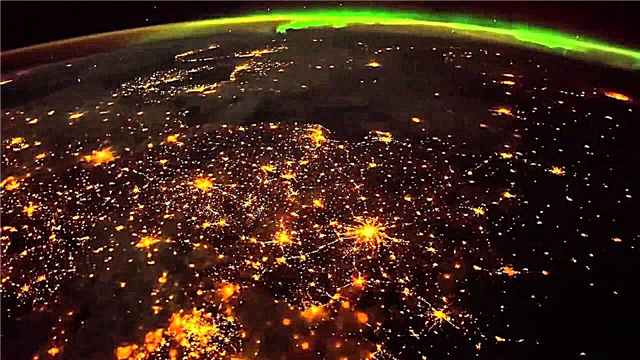Many interesting facts about the solar system are known, and some still remain unknown. Thanks to astronomy, we know what the solar system is. Not everyone knows interesting facts about this. Astronomical knowledge is amazing and extraordinary, moreover, you will not be lost with it.

1. Jupiter is considered the largest planet in the solar system.
2. There are 5 dwarf planets in the solar system, one of which was retrained to Pluto.
3. There are very few asteroids in the solar system.
4. Venus is the hottest planet in the solar system.
5. About 99% of the space (by volume) in the solar system is occupied by the sun.
6. One of the most beautiful and original places in the solar system is the moon of Saturn. There you can see huge concentrations of ethane and liquid methane.
7. Our solar system has a tail that resembles a four-leaf clover.
8. The sun follows a continuous 11-year cycle.
9. There are 8 planets in the solar system.
10. The solar system is fully formed thanks to a large cloud of gas and dust.
11. Spacecraft flew to all the planets of the solar system.
12. Venus is the only planet in the solar system that rotates counterclockwise around its axis.
13. Uranus has 27 satellites.
14. The largest mountain is on Mars.
15. A huge mass of objects in the solar system fell on the sun.
16. The solar system is part of the Milky Way galaxy.
17. The sun is the central object of the solar system.
18. The solar system is often divided into regions.
19. The sun is a key component of the solar system.
20. The solar system was formed about 4.5 billion years ago.
21. The most distant planet in the solar system is Pluto.
22. Two regions in the solar system are filled with small bodies.
23. The solar system is built contrary to all the laws of the universe.
24. If we compare the solar system and space, then it is just a grain of sand in it.
25. Over the past few centuries, the solar system has lost 2 planets: Vulcan and Pluto.
26. Researchers claim that the solar system was created artificially.
27. The only satellite of the solar system, which has a dense atmosphere and the surface of which cannot be seen due to the cloud cover, is Titan.
28. The region of the solar system, which is beyond the orbit of Neptune, is called the Kuiper belt.
29. The Oort cloud is the region of the solar system that is the source of the comet and the long orbital period.
30. Every object in the solar system is held there by gravity.
31. The leading theory of the solar system suggests the emergence of planets and satellites from a huge cloud.
32. The solar system is considered the most secret particle of the universe.
33. The solar system has a huge asteroid belt.
34. On Mars, you can see the eruption of the largest volcano in the solar system, which is named Olympus.
35. Pluto is considered to be the outskirts of the solar system.
36. On the moon of Jupiter, Europa, there is a global ocean in which, possibly, there is life. The oxygen content in the water on Europa allows supporting not only single-celled life forms, but also larger ones.
37. The largest satellite of the solar system - Ganymede, which is orbiting the planet Jupiter. Diameter - 5286 km. He is more than Mercury.
38. The largest asteroid in the solar system is Pallas.
39. The brightest planet in the solar system is Venus.
40. The solar system is mainly composed of hydrogen.
41. The Earth is an equal member of the solar system.
42. The sun heats up slowly.
43. Oddly enough, the largest reserves of water in the solar system are in the sun.
44. The plane of the equator of each planet of the solar system diverges from the plane of the orbit.
45. The satellite of Mars called Phobos is an anomaly of the solar system.
46. The solar system can amaze with its own diversity and scale.
47. The planets of the solar system are influenced by the sun.
48. The outer shell of the solar system is considered the home of satellites and gas giants.
49. A huge number of planetary satellites of the solar system are dead.
50. In 1802 the largest asteroid, with a diameter of 950 km, was Ceres. But on August 24, 2006, the International Astronomical Union recognized it as a dwarf planet.









